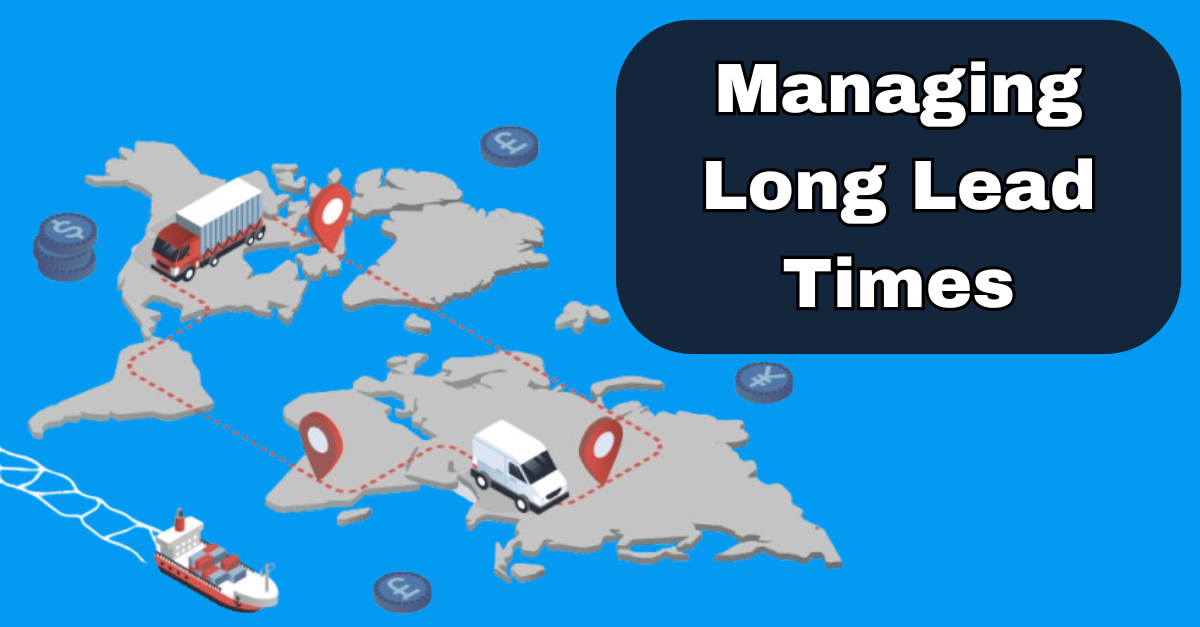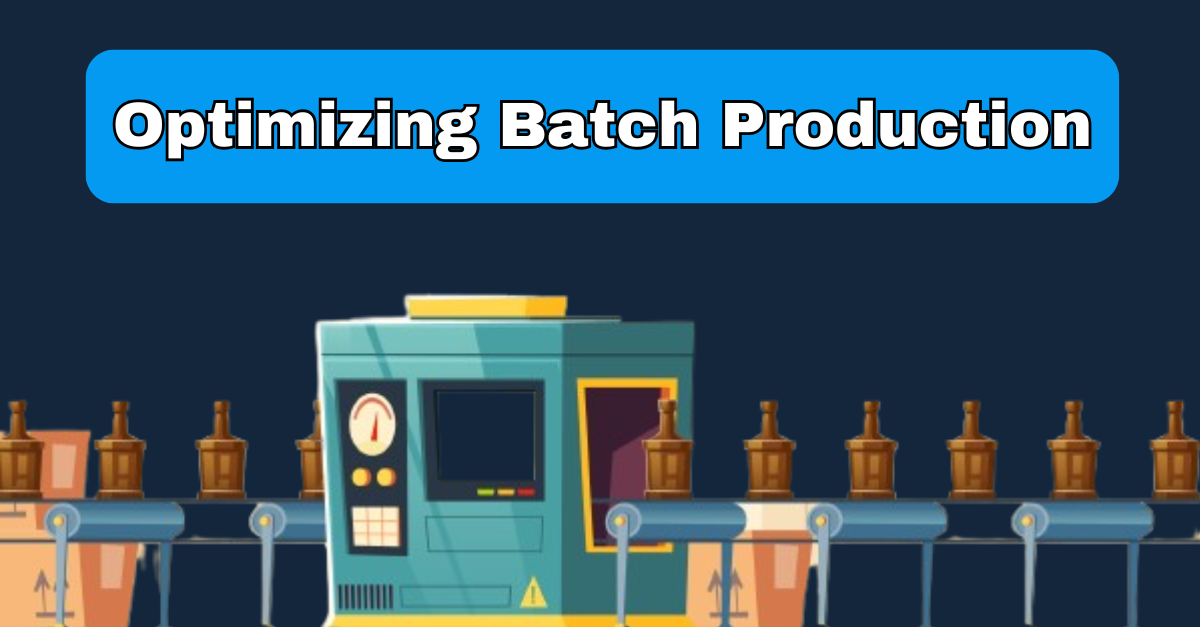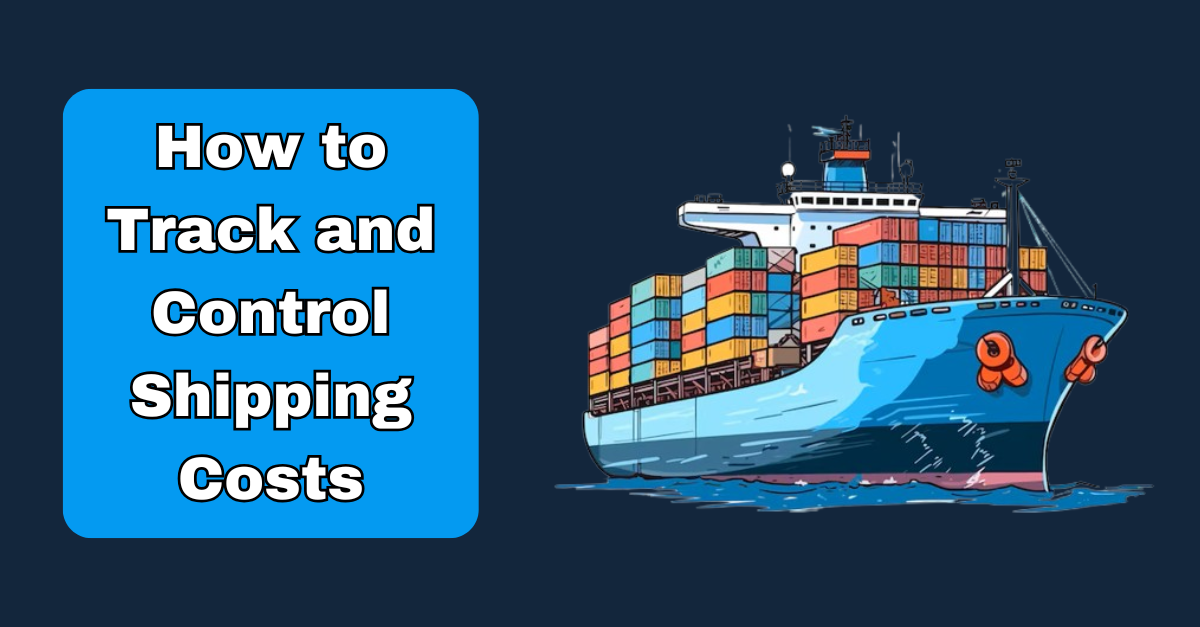Recent news:
US port automation challenges - The adoption of automation at US ports, crucial for improving container flow and global competitiveness, faces multiple challenges. A significant hurdle is labor opposition, exemplified by the ILWU (International Longshore and Warehouse Union) who are strongly opposed to automation and even threatens disruption. Beyond labor issues, spatial constraints pose a substantial barrier. Many US ports cannot expand their footprint, resulting in potential revenue losses during construction, making it challenging to justify the hefty investment required for automation.
Terminal operators, often constrained by budget limitations, contend that their facilities are ill-suited due to size or layout, making it difficult to achieve the expected productivity gains and return on investment. Even when these challenges are addressed, achieving the anticipated ROI remains uncertain for many terminal operators. Consequently, the immediate prospects for a surge in US port automation appear limited, raising concerns about the potential economic repercussions. Notably, Auckland port, located in the heart of the city, faces similar expansion difficulties, further highlighting the complexities of this issue. Industry expert Jon Monroe remains cautiously optimistic, acknowledging the inevitability of automation but uncertain about the timeline. He underscores its critical role in sustaining the country's competitiveness.
Sailed power cargo ship cuts fuel consumption by 30% - Europe's BAR Technologies has introduced the Pyxix Ocean, a sail-powered cargo ship that claims to reduce fuel consumption and emissions by a remarkable 30%. This innovative vessel's maiden voyage, launched three years after its initial plans were unveiled, marks a significant breakthrough in the maritime industry.
The Pyxix Ocean features foldable steel and fiberglass sails, called "WindWings," towering at approximately 37.5 meters, cleverly positioned on the ship's deck to harness wind power. The ship's design emphasizes fuel efficiency and aims to reduce reliance on diesel-powered engines, leading to a substantial reduction in pollutants. Cargill, a key player, intends to attract eco-conscious customers seeking to reduce CO2 emissions in their supply chains. Nevertheless, it remains uncertain whether this technology can be adapted for container ships, where deck storage limitations pose challenges.
On board AI engineer - HD Korea Shipbuilding & Offshore Engineering (HD KSOE), a shipbuilding subsidiary of HD Hyundai, achieved a significant milestone by delivering the world's first LNG tanker equipped with an onboard artificial intelligence (AI) engineer. This achievement was announced on August 28, following the successful installation of the AI-based automated engine on H-Line Shipping's 180,000-ton LNG-powered bulk carrier.
The AI engineer features two real-time engine automation systems that monitor ship equipment conditions and detect potential emergencies. It includes an Integrated Condition Diagnosis Solution (HiCBM) for real-time equipment failure detection and an Integrated Safety Control Solution (HiCAMS) for safety event analysis via CCTV. This accomplishment reinforces HD KSOE's reputation as an innovative leader in the shipbuilding industry.
Vessel data sourced from: Marine Traffic - 04/09/23
News Sources











